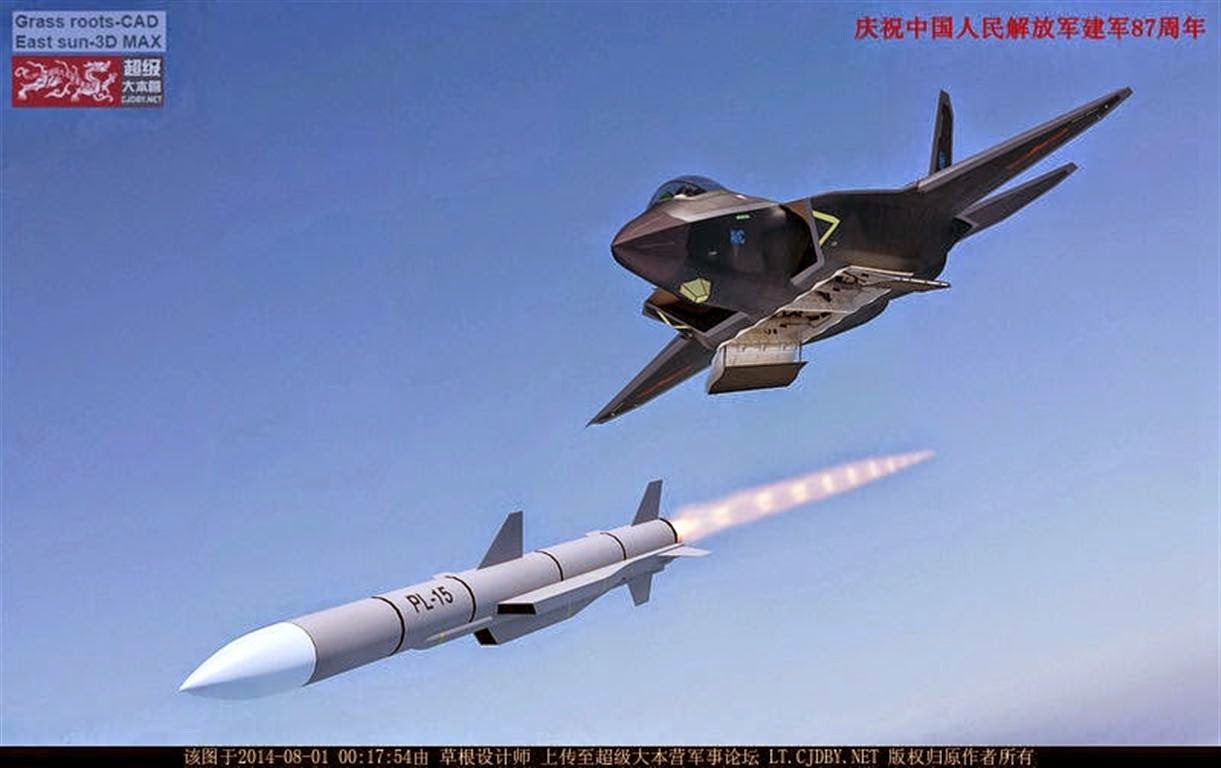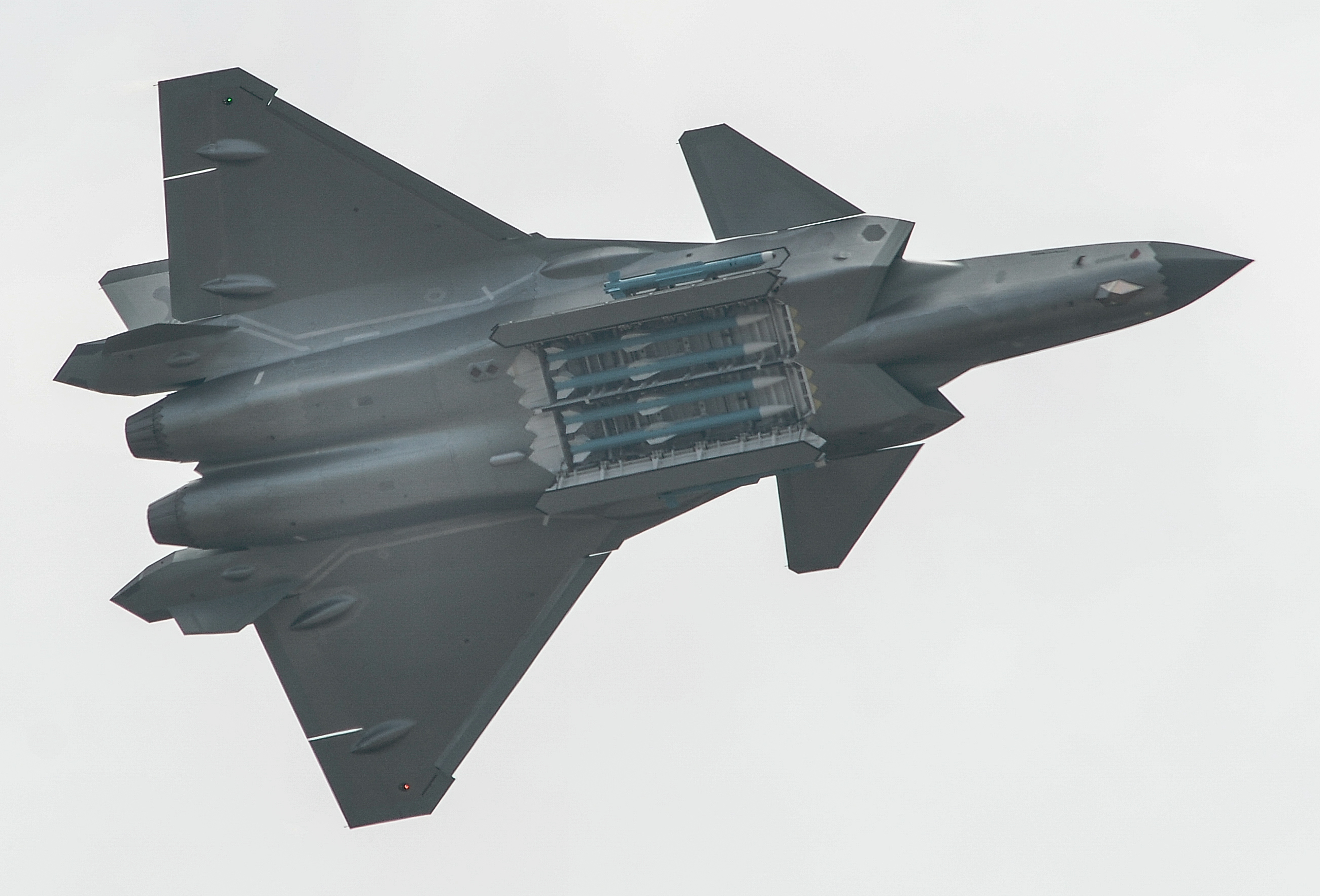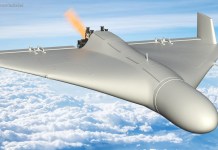The AIM-120, considered the most potent Advanced Medium-Range Air-to-Air Missile (AMRAAM), is set to get a significant boost in capability even as its successor, the AIM-260 remains underway.
A new version of West’s most popular radar-guided air-to-air missile called the F3R will be rolled out soon. According to the missile’s manufacturer, Raytheon, AMRAAMs in this configuration will have an improved guidance section and would be geared for any potential conflict with America’s arch-rival China in the future.
AMRAAM is the world's most sophisticated, combat-proven missile. Modern developments – like the F3R upgrade – ensure that it continues to meet the needs of tomorrow’s aircrew.
Learn more: https://t.co/tUK3yxcGq4 #FlyFightWin pic.twitter.com/VV6EnaFVnP
— Raytheon Missiles & Defense (@RaytheonDefense) September 17, 2021
On December 13, Raytheon Missiles & Defense reported that it has completed a series of captive carry flight tests of its latest AMRAAM upgrade, which was developed under the F3R program (Form, Fit, and Function Refresh).
During captive carry testing, missiles are permanently connected to a test plane for the duration of the flight. Such tests are critical for gaining information on how a particular design, as well as the aircraft that carries it, manages the basic pressures of being carried aloft and maneuvered.
The captive versions of the F3R missile were flown on “several” F-15, F-16, and F/A-18 air-to-air intercept sorties during the tests to ensure the weapon functions as predicted in a realistic situation. This has also put to test the viability of the F3R upgrade and its compatibility with an array of fighters of the USAF.

The captive flights conducted were described as the “most stressful test to date” for the F3R and the corresponding System Improvement Program, or SIP 3F, software update, according to the manufacturer.
Raytheon and the Department of Defense performed the testing at Eglin Air Force Base in Florida, which is home to the Gulf Range Complex with over 130,000 square miles of training airspace appropriate for live missile launches, including against target drones.
Earlier, Raytheon has had technical issues with the AMRAAM F3R application-specific integrated circuit (ASIC) design, hardware integration, and guidance section performance demonstration in 2015, which caused the program’s critical design review (CDR) to be postponed for a year.
However, the officials revealed in January 2017 that the F3R project would build a new signal processor for the AMRAAM to assist it and ensure missile production goes well into the 2020s. The upgrade has been an attempt at increasing the life span and potency of these missiles.
The F3R Program
The F3R program was created for the existing AIM-120C-8 and AIM-120D-3 AMRAAM missiles, which are already considered the “best in the league” of these weapons. During the “long shot” test earlier this year, an AIM-120D was used to fire the “longest known” air-to-air missile, according to the Air Force.
The D-model is an all-weather, all environment radar-guided missile developed to improve the USAF’s capabilities against very low altitude and high-altitude as well as high-speed targets in an electronic countermeasures environment.
It has a two-way data link, GPS-enhanced IMU, an expanded no-escape envelope with an improved High-Angle Off-Bore sight capability, and a 50% increase in range. With the addition of the F3R, these capabilities are expected to rise manifold.
Raytheon engineers upgraded several circuit cards and hardware into the guidance part of the missiles under F3R, replacing the previous software with model-based systems engineering projects and other digital technologies.
F3R was previously defined as an update to “mitigate obsolescence difficulties in the AMRAAM guidance section” in the Pentagon’s Selected Acquisition Report, or SAR, for AMRAAM.
The end result is expected to not only improve AMRAAM’s overall capabilities but also ensure its viability as production continues into the next decade for the US military and export customers, with around 40 of them having already placed orders for various AIM-120 versions, including for ground-based applications.
With the successive system AIM-260 still a few years ahead, the upgrade is aimed at enhancing the capability and life of the most potent missiles in the US’ arsenal.
The F3R could be touted as a force multiplier in the way that the new F3R hardware, which includes circuit cards and guiding section components, provides much-increased processing capacity, which SIP-3F uses to run its advanced algorithms. The hardware and software work together to improve the missile’s overall efficacy”, explained the manufacturer.
“As the F3R and SIP 3F software become available to warfighters, the combination of increased range and better guidance section performance will provide users with a significant boost in overall capabilities versus long-range threats,” the company told The Drive.
#AMRAAM Joint Program Office completes second live firing of new AIM-120D-3 https://t.co/KgKGo4fgUK #missile #defence @usairforce #USNavy #NAVAIR #Raytheon pic.twitter.com/XgiSboTU1C
— Janes (@JanesINTEL) June 1, 2021
Raytheon also highlighted the F3R’s improved seeker performance for the AIM-120D-3, which allows it to better target adversary aircraft and missiles in bad weather, even when enemies are using advanced electronic warfare systems.
It’s safe to say that these missiles are being upgraded comprehensively in order to be combat-ready in the face of modern-day warfare and in keeping a potential adversary in mind. This upgrade is going to provide enhanced precision targeting to the advanced AIM-1203D.
The China Factor
“The F3R program with SIP 3F will give dramatically expanded capabilities, enabling the missile to counter the rapidly evolving threats we are seeing from our enemies today,” said Paul Ferraro, vice president of Air Power at Raytheon Missiles & Defense, in a statement. This statement is understood to be hinted at China without explicitly mentioning the country.
As the rivalry between the two intensifies by the day in the backdrop of US support to Taiwan and China’s military aggression against it, the involvement of the United States in an armed conflict between Taiwan and China in the near future cannot be ruled out.
“If it doesn’t endanger China, why are we doing it?” says Air Force Secretary Frank Kendall. China’s People’s Liberation Army, or PLA, has clearly been a driving force behind all weapons upgrades including the AIM-120.

Earlier, reports had emerged speculating that the US is accelerating the upgrade to its AMRAAMs due to the threat of being grossly outranged by the latest Chinese long-range air to air missile, the PL-15.
AIM-120D F3R Versus PL-15
The AIM-120 is the United States’ first active radar-guided line-of-sight air-to-air missile in service. It has a range of 110 kilometers and a flying speed of Mach 4. In terms of range, many experts say that the AIM-120 is inferior to China’s PL-15.

Gen. Herbert Carlisle, the head of the Air Force’s Air Combat Command, stated in a 2015 interview with Flight Global magazine that outmatching the Chinese PL-15 air-to-air Missile was a “very high priority” for the US. “We’ve got to be able to out-stick that missile,” Carlisle said, referring to the PL-15’s range.
Furthermore, a Russian military expert Vasily Kashin told Sputnik 2017, “While the PL-12 has a range of approximately 100 kilometers, the P-15 is reportedly capable of destroying targets at a distance of 300km or even 400km.”
The PL-15 is an improved version of the PL-12, with cropped main and tail control fins and a lower wingspan. This was done to allow the J-20 ‘Mighty Dragon’ and FC-31 fighters to fit into their internal weapons bays.
The missile has medium to long-range versions and can travel at four times the speed of sound. It has a two-way data link enabling dynamic retargeting in the air and is propelled by a dual pulse rocket motor. The active seeker on the missile is an AESA aperture. Chinese jets including J-10C, J-16, and a few J-20s are armed with PL-15 missiles, as previously reported by EurAsian Times.
This also shows that this weapon may be used in the Indo-Pacific region in the case of large-scale warfare. This confirms the American fears and validates its need to upgrade the top-tier air to air missiles in its inventory.
“China’s state-owned businesses in its military-industrial complex are able to mass-produce what is perhaps the widest selection of air-to-air weapons ever,” Miguel Miranda, an airpower analyst based in the Philippines, had earlier told the EurAsian Times. “Many analogs or outright replicas of American air-to-air missiles are included.”
Even though there are no exact figures or official confirmations regarding the Chinese missiles, the US acknowledges on some levels that the new the PL-15s are bigger, better and have a longer range than its predecessor, the PL-12 and hence has been earnestly preparing to match the former if not to absolutely outpace its upgrade programs.
- Contact the author at sakshi.tiwari9555@gmail.com
- Follow EurAsian Times on Google News




